
As one looks around herself, the first thing to notice about the immediate surroundings is the number of digital devices. Mobiles have become a necessity and a common device with many people owning multiple devices along with devices like laptops, smart TVs, Pods, video games, earphones and other digital devices. On top of it, all digital companies are in a race to launch newer and better products every year. The consumerism culture has people desiring for the latest device for faster and improved services and thus there is discarding of many digital devices that go unchecked. With all that we have increasing digital waste which is fast becoming a main problem for developing countries like India. The Indian subcontinent is a special case, since not only do they have a huge population using digital devices but they are also bearing the burden of digital waste of developed countries which is being imported to India and many other countries.
The e-waste is a largely informal sector with no proper rules and regulations leaving its workers exposed to the environment. The problem which is now being identified with the digital sector is that it is working on the philosophy of linearity which means producing a product for use and then laying it to the waste. Circular economy has emerged in such times as the answer which focuses on the life cycle of a digital device and encourages sustainability as the key focus from the manufacturing to recycling and then reusing.
Circular is the talk of the town and rightly so the Government has come out with a manual on ‘Sustainable Urban Plastic Waste Management’ to deal better with waste in a sustainable manner. More can be read about this:
India is aiming to eliminate single use plastic completely from the use by 2022 and for that there is a lot of discussion going on which requires perspective from all stakeholders such as industries, environmentalists, government and consumers. Such an e-conference was organized to gather different perspectives and importance of plastic recycling.
In the same direction, the earlier Atal Mission for Rejuvenation and Urban Transformation 2.0 (AMRUT 2.0) was approved till 2025-26. The aim of Amrut 2.0 is to make the cities ‘water secure’ and ‘self-sustainable’ through a circular economy of water. This is a step to provide hundred percent water coverage to 4700 urban local bodies. Read about it here:
But the move to a circular economy is not possible without the engagement from the community and for better success, it is important to have a community based approach and for that incentives and encouragement to communities especially in consumption and resource recovery stage. There remains work that can be done for better results. Read more about it here:
Would you believe it if you get to know that jute is in increasing demands from companies like Christian Dior. Experts are saying because of sustainability and circularity jute is going to be a billion dollar industry in upcoming time. India fancies herself as the leader of the jute industry and wants to push it forward, read this interesting story here:
Circular economy can even push India in the direction of clean energy and self-reliance. But of course there are barriers to it which is currently stopping from recovering all the resources from electrical components. The ‘circular’ approach to managing end-of-life solar photovoltaic (PV) modules, wind blades, and batteries would reduce future wastage of the high-value, critical raw materials needed for India’s massive clean energy transition, according to the IEEFA report. Read it here:
The potential of the circular economy is being realized and experts say that for start-ups this is the time to invest in the sector as it is to see a boom in near future. The potential of the circular economy in India is being estimated at 500 billion USD. So if you have a friend with start-ups, you may want to forward them the below mentioned article:
Let us now move to see what is happening on the side of the circular economy of the technology sector. An international report by the International Energy Agency’s Photovoltaic Power Systems Programme (IEA PVPS) is providing guidelines to module manufacturers which can be put in consideration for recyclability of the products from the beginning to preventing end-of-life modules from ending up in landfill. The report points to reusability as the ideal priority for the module industry. More about it can be read about here:
If there is one thing that any of us does not go out without is a mobile phone. We are addicted to our phones and not just in terms of over using but also with the desire to have newer models. Here is an interesting article to read about the cost of our mobile phones:
Here is some news of positive work. India’s largest E-waste recycling company Attero Recycling is planning to double its electronic waste processing capacity by the end of the next year. This company has since its inception, saved more than 100 k metric tonnes of carbon. Here you can read more about Attero and their work:
The pandemic has changed the world and how it works and in that context the phenomena of work from home or classes from home have become the norm and even the necessity. This has induced even more need for the digital devices and hence it is no surprise that it has increased the e-waste as well. Read about it here:
Friend of Digital Empowerment Foundation and one of the main leaders working on the e-waste sector in India, Pranshu Singhal won the 12th Social Entrepreneur of the Year SEOY Award - India 2021. Karo Sambhav which Pranshu Singhal is from, is one of the leading organizations working on making the circular economy the norm in the country and trying to manage the e-waste. Read about it here:
Pranshu also contributed to a panel discussion of DEF on circular economy held in June. You can read his and other panelists’ views here:

This panel discussion was formulated to give suggestions to the draft policy paper released by the Ministry of Electronics and Information Technology (MeitY) This draft policy paper is important as it gives us a look into the direction India and its policymakers want to go in the context of a circular economy. Read the draft policy paper here.

DEF recognizes the importance of a circular economy and realizes the abundance of potential it has socially, economically and environmentally. Less pressure on the environment through sustainable manufacturing, use, recycling and reusing has its social and environmental benefits as well as it will result in far more equal distribution of resources among the population and livelihood opportunities for a number of people.
DEF has been involved with the issue of e-waste and the circular economy for a long time. Seelampur in North east Delhi is one of the largest e-waste dumping grounds in the country. In places like Seelampur efficiency of extracting metals is extremely poor due to lack of sophisticated equipment and formal training to gain expertise in the same. At the same time, lack of safety gear and proper guidelines to manage e-Waste significantly raise the risk of health hazards. DEF Founder and Director Osama Manzar had highlighted this issue back in 2017 itself through a report for national daily Mint which was republished by DEF. This report is relevant to understand the importance of the circular economy as it highlights the glaring problems with the linear economy and impact of e-waste. Read this interesting report here:

Or, you can also watch this interesting video based on the same here,
In this context DEF recently contributed to the making of the modules on the circular economy in the Guide created by the Association for Progressive Communications (APC). This will be a 13 module guide of which four have been released so far with the case studies. This guide focuses on the digital devices that we use and touch – desktop computers, laptops, mobile phones and tablets. It describes the concepts, processes and some of the major challenges to circularity, summarises the key challenges and opportunities, including for policy advocacy, and offers a glossary of terms to help you along. This guide can help anyone who wants to know more about circularity and it can be used as literature for further work on circular economy.
The first module of the guide talks about the environmental impact of the digital devices that we are constantly using. The second module talks about sustainable development and focuses on how the development needs to be envisaged keeping the need of the future in mind. The third module defines the circular economy in the context of digital devices as achieving the best use of devices by maximising their lifetime. In doing so, it helps to decarbonise the environment. It further explains that circularity can also help reduce social inequality by making digital devices available to people who do not have access to them, and creating jobs in the process of repairing or refurbishing a digital device. Even if we can afford to buy a brand new device, this does not mean our natural environment, society and economy can afford it. The latest module that is released talks about how much impact producing digital devices has on the natural resources and the people. You can read the whole guide here and know more about the circular economy.
Finally here is a documentary that you can watch on circular economy. ‘Closing the Loop’ is directed by two-time Telly Award and Emmy Award winning filmmaker Graham Sheldon and presented by global sustainability expert, Prof. Dr Wayne Visser. And despite its dire warnings – John Elkington, famous for coining the “triple bottom line” of sustainability says in the film: “if we continue with the linear economy if we’re to use a technical term totally screwed” – it is an optimistic film about innovative solutions and it provides an important look into the circular economy revolution and its success. The best part is you can watch it on YouTube for free. Here is the address for it,
What’s Up at Digital Empowerment Foundation!?
Read the story about Jakhopur, a small village near Tijara, Rajasthan and how DEF has been relentlessly working towards making it a smart village.
Access a longer descriptive blog here:
Similarly, explore how DEF is creating Community Leaders in Barabanki here:
Access a longer detailed account here:
If you are a grassroot organization looking for support in programmatic visibility and want to increase the fundraising opportunities, do register here with DEF’s eNGO. Last date is 22nd October 2021. Spread the word!
Watch the movie, read more, recycle your old phones and other digital devices and make it circular. Till next time…



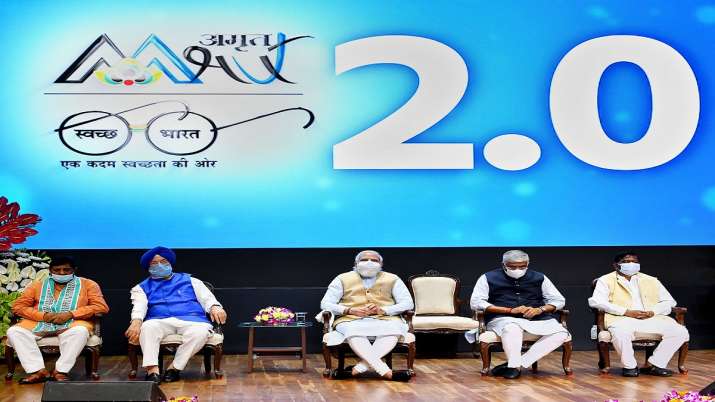


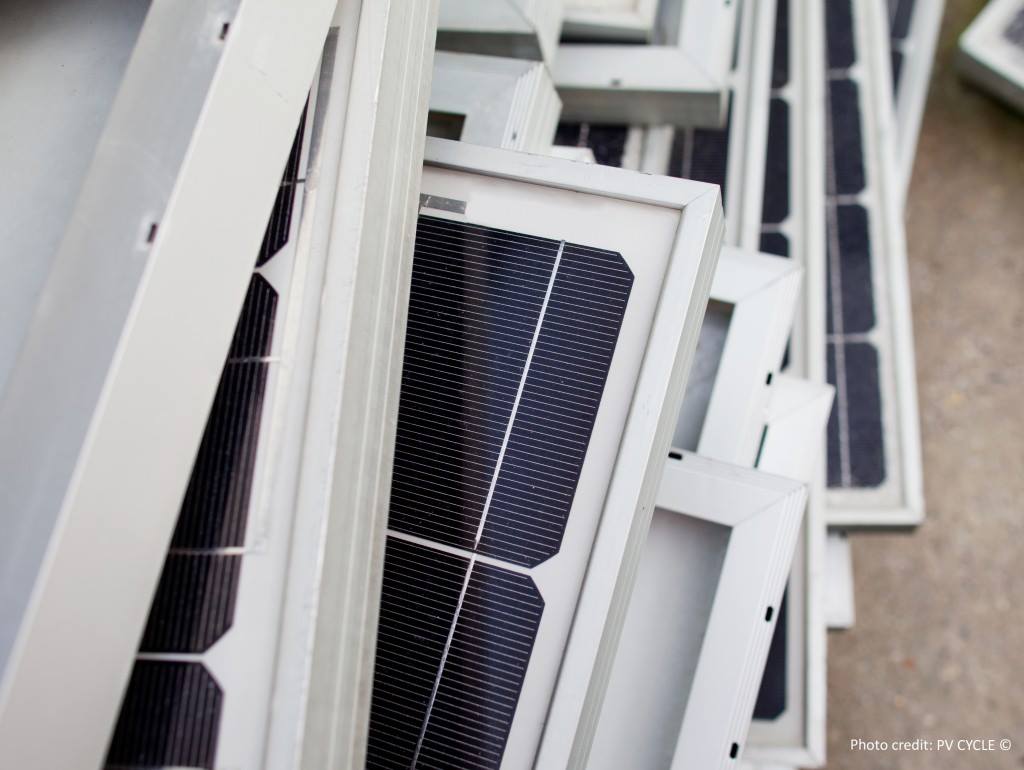
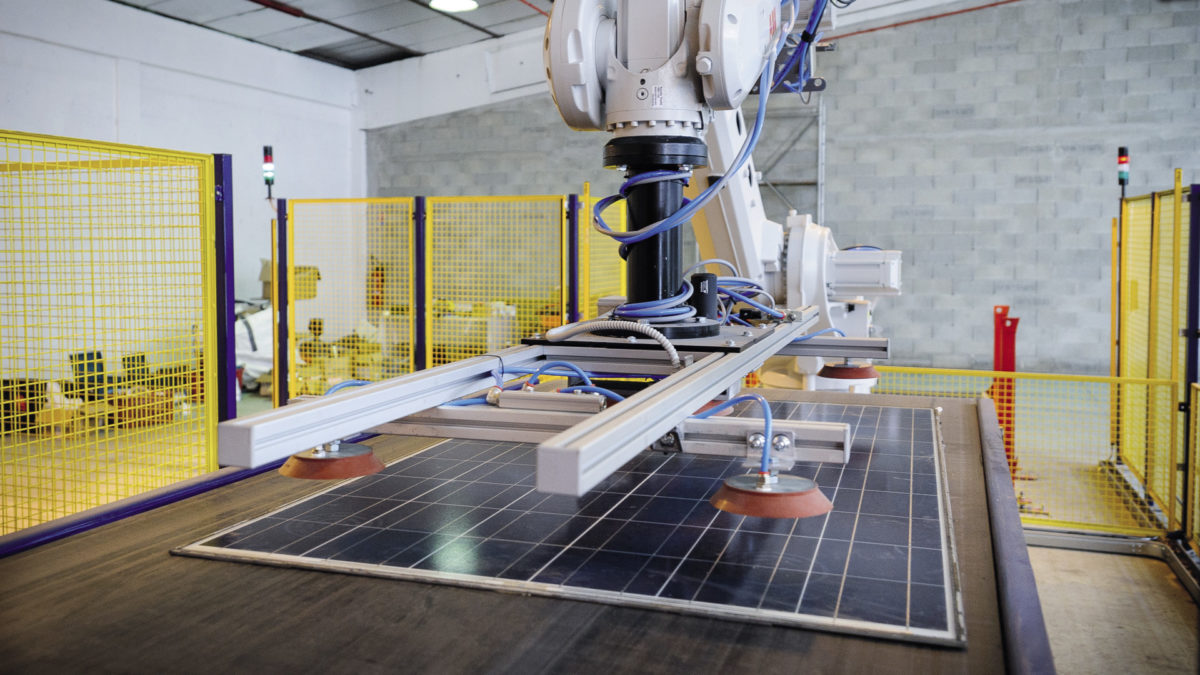
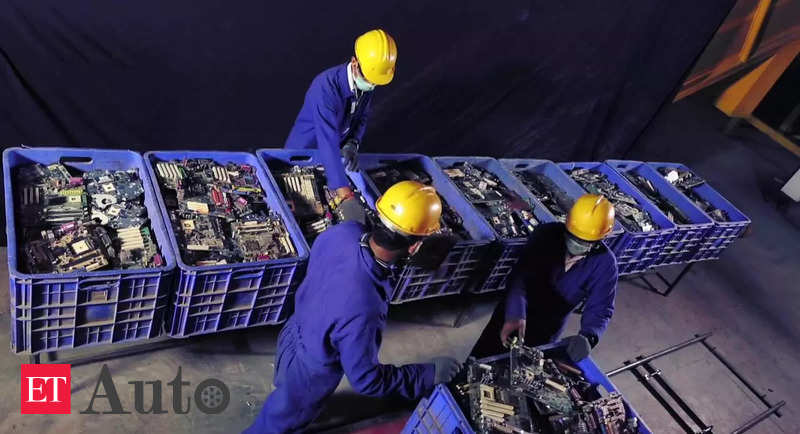


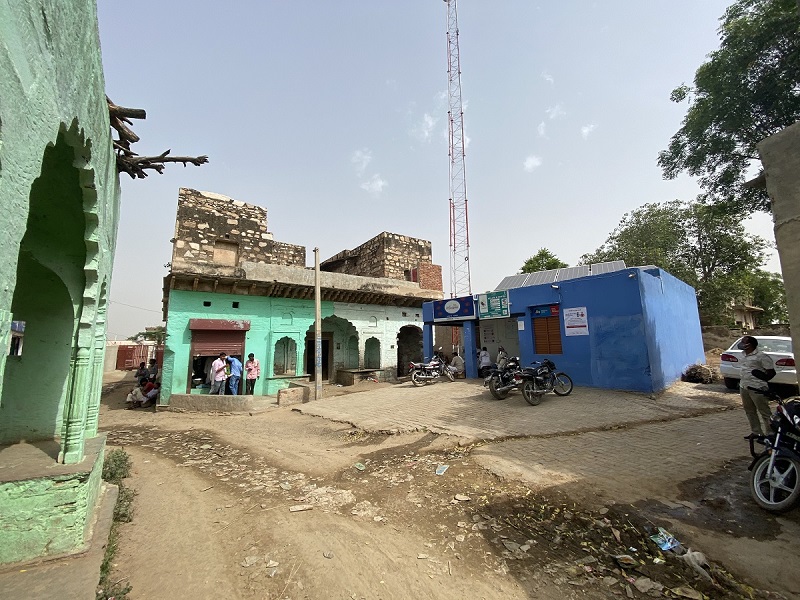






















Write a comment ...